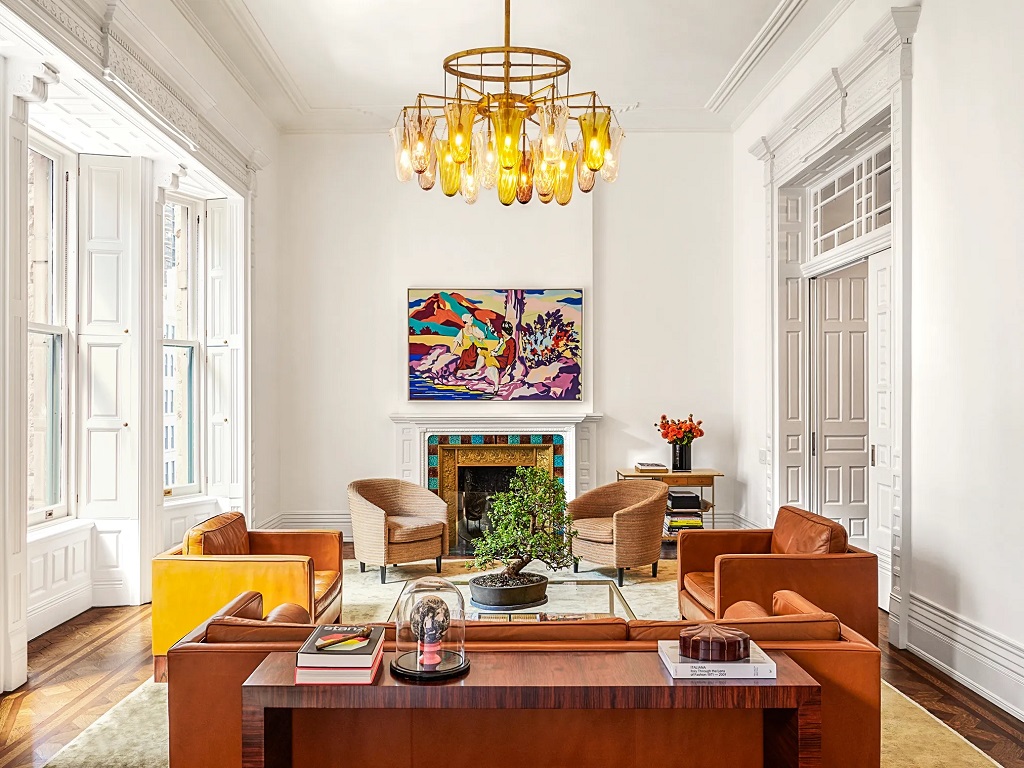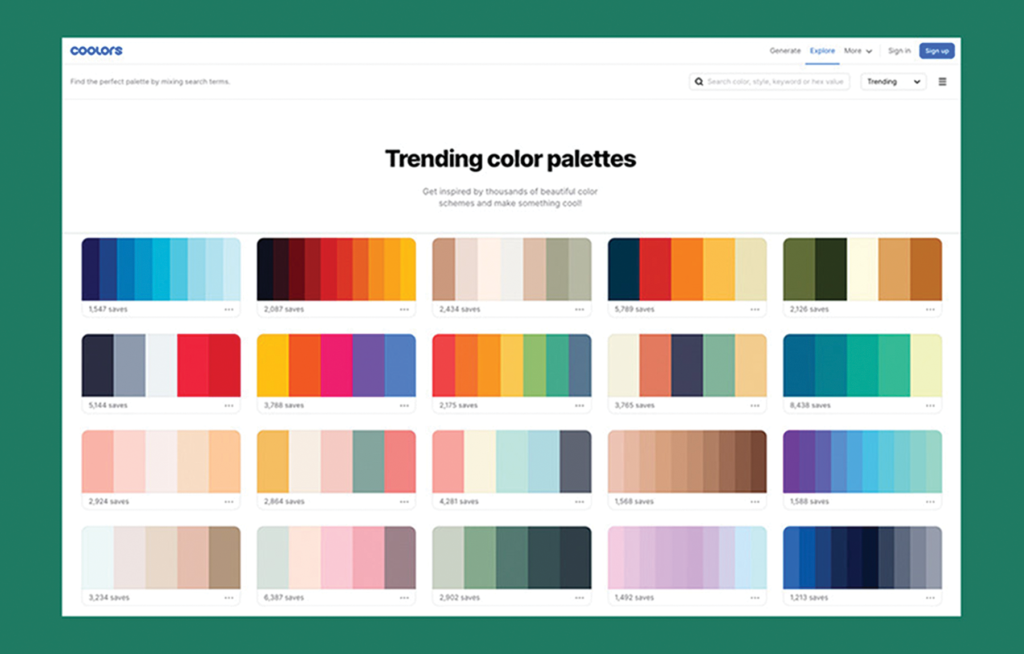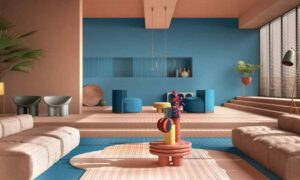
Have you ever walked into a room and felt an instant sense of calm, energy, or inspiration? Colors have a profound impact on our moods and emotions, and choosing the right palette can dramatically transform your space. This guide empowers you with “Palette Perfection” – a roadmap to selecting colors that not only reflect your style but also create the desired ambiance in your home.
We’ll delve into the fundamentals of color theory, explore various color palettes, and provide practical tips for selecting colors that complement your existing décor and architectural features.
The Science Behind the Palette: Understanding Color Theory
Before diving into specific color schemes, let’s explore the science behind color:
- The Color Wheel: This fundamental tool organizes colors based on their relationships. Primary colors (red, yellow, blue) cannot be created by mixing other colors. Secondary colors (orange, green, purple) are formed by mixing primary colors. Tertiary colors are created by mixing a primary and a secondary color.
- Color Psychology: Colors evoke emotions and influence how we perceive a space. Warm colors (reds, oranges, yellows) create a feeling of energy and excitement. Cool colors (blues, greens, purples) promote feelings of calmness and relaxation.
Palette Perfection: Exploring Color Schemes
Now, let’s explore popular color schemes to inspire your choices:
- Monochromatic: This scheme utilizes various shades, tints, and tones of a single color. It creates a clean, sophisticated look and is ideal for small spaces.
- Analogous: This scheme uses colors that sit next to each other on the color wheel. It creates a harmonious and cohesive feel, perfect for living rooms or bedrooms.
- Complementary: This scheme uses colors directly opposite each other on the color wheel. It creates a bold and vibrant look, best used in accents or for high-energy spaces like gyms or playrooms.
- Triadic: This scheme uses three colors evenly spaced on the color wheel. It creates a dynamic and stimulating environment, well-suited for creative spaces like studios or home offices.
Choosing the Perfect Palette: A Step-by-Step Guide
Ready to create your palette masterpiece? Follow these steps:
- Consider the Mood: Identify the desired mood for the space. Do you want it to be energizing, relaxing, or something in between?
- Take Cues from Your Décor: Existing furniture, artwork, or rugs can serve as inspiration for your color palette. Identify dominant colors and build your scheme around them.
- Light Matters: Natural light significantly impacts how colors appear. Consider the amount and direction of natural light in the room. Warmer colors can balance out overly bright spaces, while cooler colors can brighten up a dimly lit room.
- The Rule of Three: Limit your color palette to three main colors – a dominant color for walls, a secondary color for accents, and a tertiary color for pops of interest.
- Sample, Sample, Sample: Always test paint colors by painting large swatches on the walls and observing them in different lighting conditions throughout the day.

Beyond the Basics: Advanced Palette Perfection Strategies
- Embrace the Power of Neutrals: Neutral colors like white, beige, and gray provide a timeless base and allow pops of color to shine.
- The Magic of Accents: Don’t underestimate the power of accent colors. Throw pillows, artwork, or rugs can add personality and vibrancy to a space.
- Consider the “60-30-10 Rule”: This guideline suggests using 60% of your dominant color, 30% of your secondary color, and 10% of your accent color for a balanced and visually appealing space.
Remember: There are no hard and fast rules! Trust your instincts and experiment to create a palette that reflects your unique style and personality.
Palette Perfection: Inspiration Beyond the Walls
Colors extend beyond walls! Consider these elements when creating your palette:
- Furniture: Upholstery and wood finishes can significantly influence the overall feel of a space.
- Flooring: Hardwood floors add warmth, while carpets can introduce pops of color or create a more grounded feel.
- Lighting: Warm lighting creates a cozy ambiance, while cool lighting evokes a more modern aesthetic.
The Final Brushstroke: Bringing Your Palette to Life
With your perfect palette in hand, it’s time to bring your vision to life! Here are some final tips:
- Start small: Experiment with a single accent wall or piece of furniture to gauge how the color interacts with your space.
- Seek professional help: If you feel overwhelmed, consider consulting an interior designer who can guide you in creating a cohesive and aesthetically pleasing color scheme.
Related: 10 Ideas of orange paint colors for living room
Embrace the Journey: Choosing colors is a creative process. Enjoy the exploration, experiment with different combinations, and don’t be afraid to make adjustments. Remember, your home is a reflection of you, and your color palette should tell your unique story.
By understanding color theory, exploring various palettes, and following these practical tips, you can transform your space into a haven that reflects your personality and uplifts your mood. Happy decorating!







